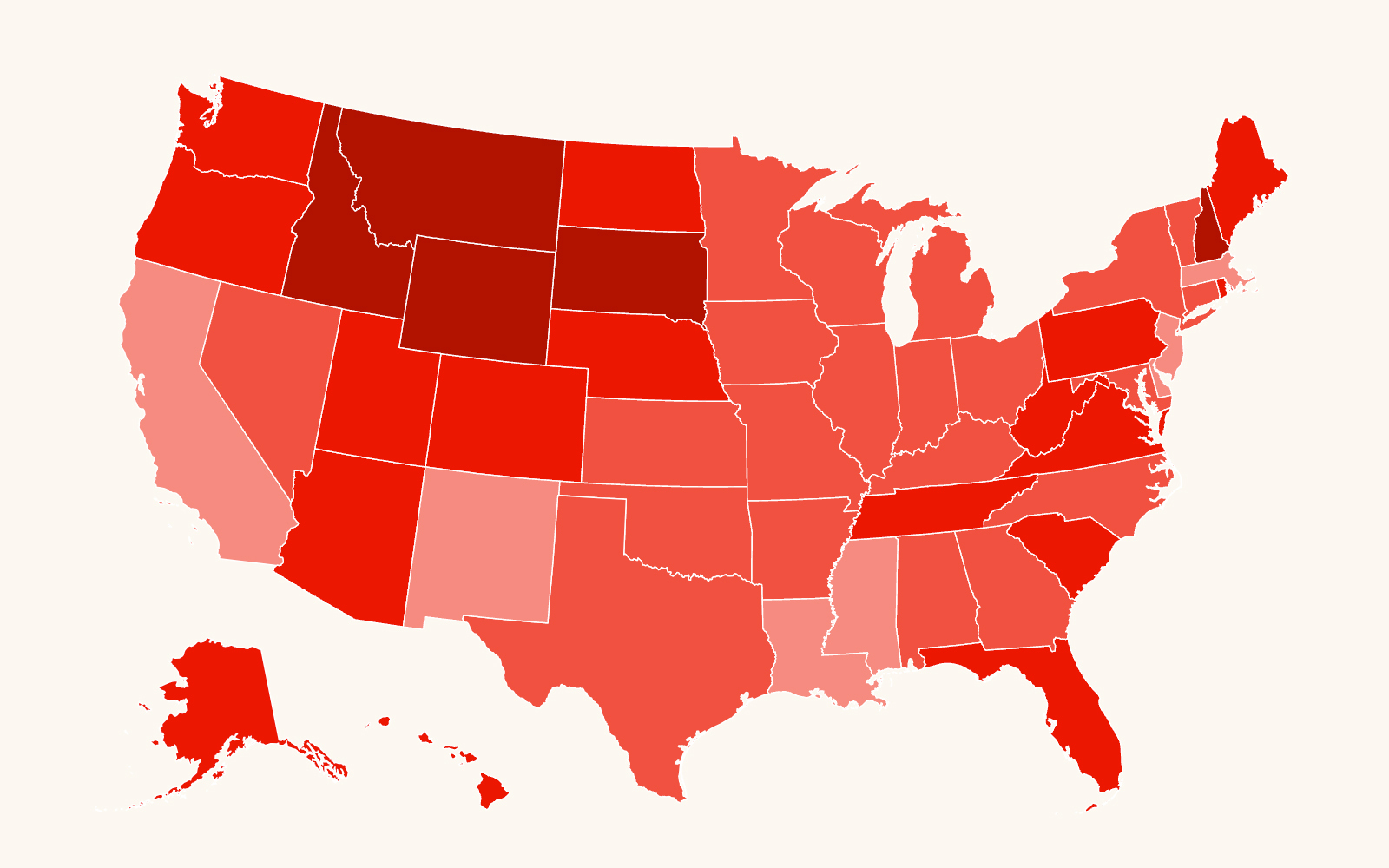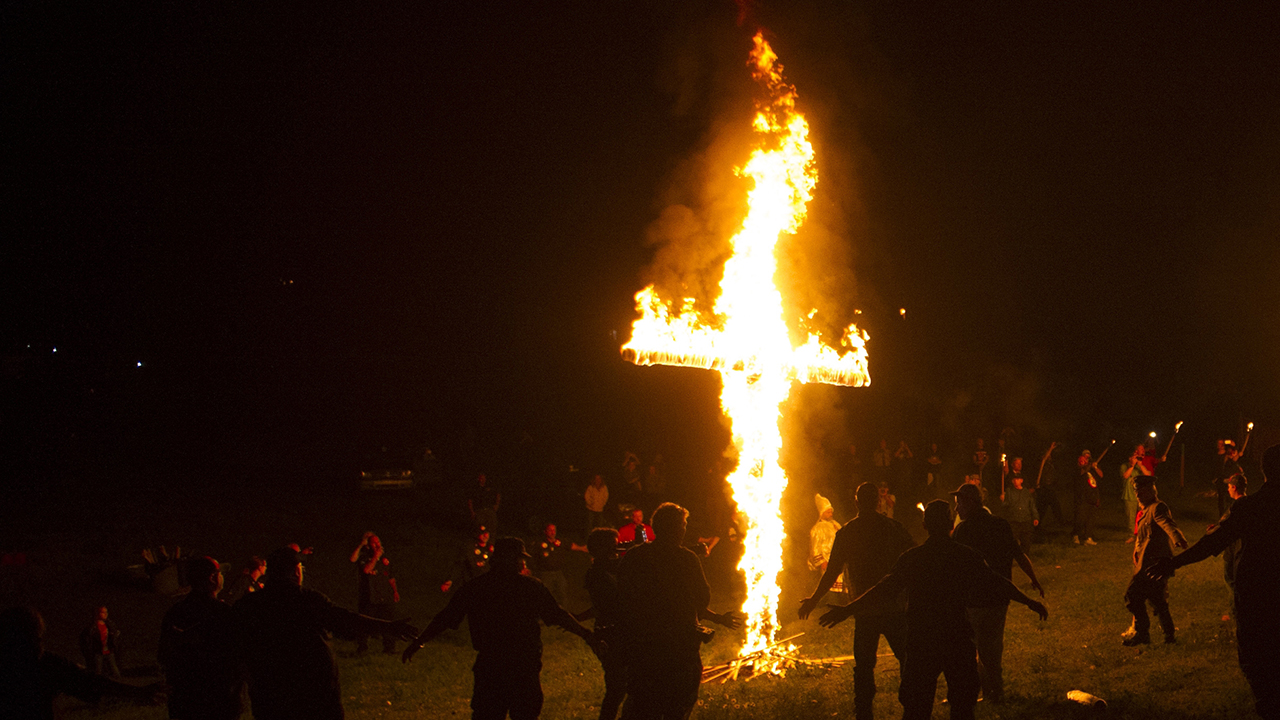Cross-burnings to instill fear in black Americans are not just footnotes in history books, but a continuing reality in the 21st Century, as a Florida hate-crime case illustrates.
On Halloween of 2012, a 6-foot wooden cross was set on fire in the front yard of an interracial couple—a black man and a white woman—living in Port Richey, a suburb of Tampa, Florida.
The man previously had received death threats and was called a “n—–” and assaulted—at one point beaten unconscious, court documents say.
The perpetrators, the documents say, hoped the cross burning—a hallmark of the Ku Klux Klan—would instill fear and drive the couple from their neighborhood.
A senior Justice Department official called the incident a “violent act of hate.”
Five years later, after Pasco County sheriff’s detective and FBI agents interviewed “dozens of witnesses in an exhaustive investigation,” three suspects have pleaded guilty to federal charges of conspiring to “threaten, intimidate, and interfere with the interracial couple’s enjoyment of their housing rights.”
The case became protracted when a cooperating witness—the man who provided the wood to build the cross—suddenly died in June 2015. Another complication came when one of the suspects provided a false alibi during the course of the FBI investigation, court documents disclose.
On the eve of going to trial, William A. Dennis, 56, of Port Richey, pleaded guilty on Tuesday, April 4 in U.S. District Court in Tampa to the federal conspiracy charge.
Two other co-conspirators, Thomas H. Sigler, III, 45, and Pascual Carlos Pietri, 55, both of Port Richey, previously pleaded guilty to the same charge.
Pietri is currently serving a 37-month prison term for his involvement. Sigler and Dennis await sentencing.
W. Stephen Muldrow, the acting U.S. Attorney for the Middle District of Florida, said Dennis’ guilty plea “underscores our ongoing commitment to aggressively investigate and prosecute individuals who commit hate crimes.”
At Justice Department headquarters in Washington, D.C., where a civil rights criminal prosecutor was assigned to the Florida case, Acting Assistant Attorney General Tom Wheeler also commented on its protracted resolution.
Dennis and his co-conspirators’ “racially-fueled actions to threaten and intimidate a couple in their own home and neighborhood are reprehensible and will not be tolerated in our communities,” Wheeler said. “The Justice Department is committed to vigorously prosecuting those who engage in such violent acts of hate.”
Court documents say Sigler and Dennis lived across the street on Seward Drive from the targets of the cross-burning, including the African-American man identified in public records as “D.M.”
Both defendants “had repeatedly engaged in racially hateful verbal exchanges with D.M., calling [him] a ‘n—–’ and threatening to ‘get him,’” the documents say.
Other neighbors witnessed the defendants’ racial animosity and verbal abuse directed at D.M., with one witness describing the hatred as “an obsession.”
“Just three weeks before the cross burning, defendant Sigler physically attacked D.M. in the street … yelling threats at D.M. such as, ‘I’m going to get you, you f—— n—–’ while beating D.M. to unconsciousness on the pavement,” the court documents say.
“Dennis, who stood by and encouraged Sigler in the attack, tried to prevent a neighbor from intervening to help D.M.,” they say. “The defendants hated D.M. because of his race and were determined to drive him out of the neighborhood. The harassment escalated from verbal abuse to physical assaults and threats to D.M.’s life.”
On Halloween evening of 2012, a participant identified in court documents only as “J.S.” threw a small party in his driveway where several residents, including the suspects, gathered to drink beer and other types of alcohol.
“As the party came to an end, sometime after 10:30 p.m., the conspirators constructed a cross and burned it in the victims’ yard,” the court documents say.
“The evidence bears out that the defendants were the ring-leaders of the conspiracy, ‘J.S.’ provided the wood used to build the cross, and Pietri lit the cross on fire at the direction of the [co-conspirators],” the documents say.
The FBI subsequently identified and questioned multiple eyewitnesses who placed the defendants at the party and one witness who saw the cross after it was built from wood in J.S.’s backyard.
After “J.S.” began cooperating with the FBI and agreed to a consent search, agents retrieved similar wood from his backyard, the documents say.
“If the defendants’ language did not make this motive clear enough, the defendants chose ‘an age old symbol of racism’ for their final threatening act of intimidation,” they say.
“Historical experience indicates that the burning of a cross on or near the property of an African American constitutes a threat to use force, and is inextricably connected with the race, particularly African Americans,” according to the documents.

